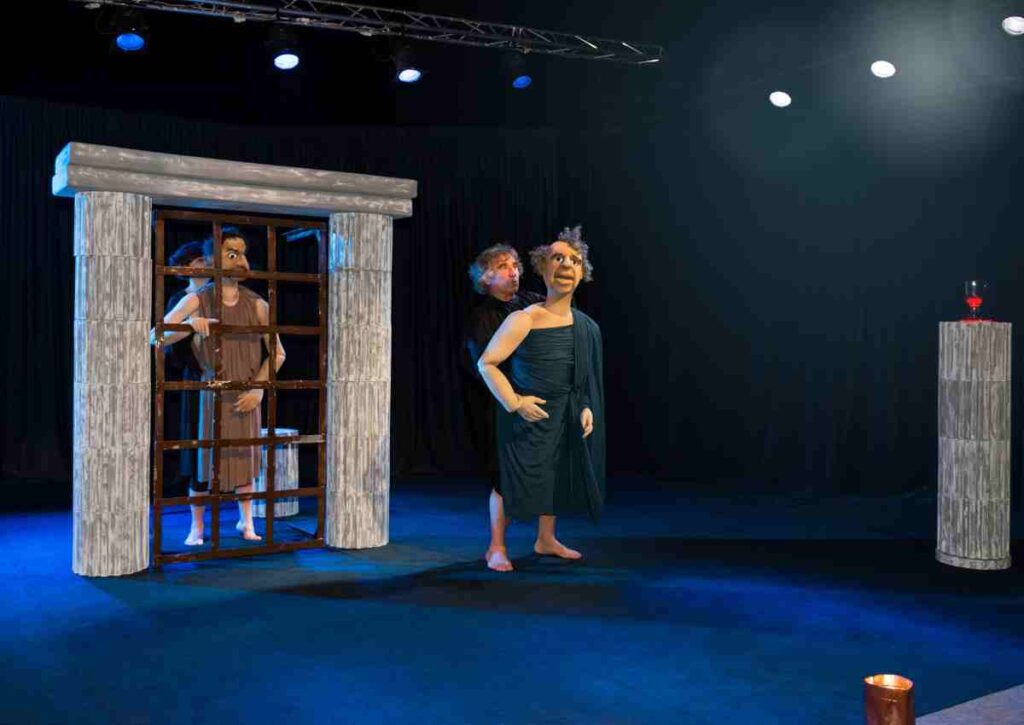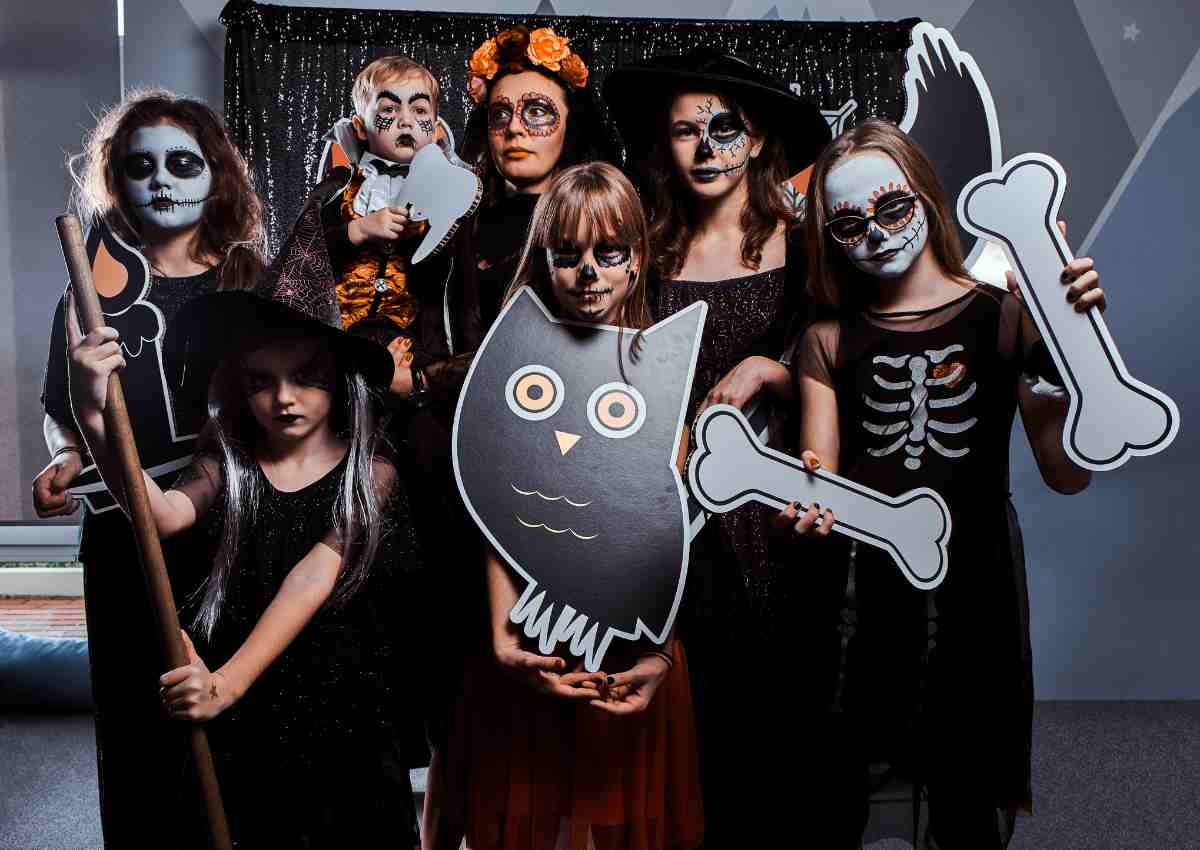In drama, costume refers to the attire, accessories, and overall appearance that actors wear during a performance. It includes the clothing and visual elements that define the characters they portray.
A summary of the importance of costumes in theatrical productions: Costuming is essential and serves both practical and aesthetic purposes. They are crucial in enhancing character development, conveying information about the setting and period, and captivating the audience’s imagination. This essay will examine the significance of theatrical costumes from multiple angles.
Historically Speaking
Costume Development in Drama The evolution of costumes in the history of drama has been remarkable, from basic garments in early performances to intricate designs in contemporary theater. This evolution reflects the progression of materials, techniques, and the shifting artistic sensibilities of various epochs.
Costumes’ function in ancient theater In ancient theater, costumes played a crucial role in distinguishing characters and communicating their duties. Using masks and elaborate attire allowed actors to embody specific characters and archetypes, allowing the audience to recognize them easily.
Costumes’ Effect on the Telling of Tales in various eras Costumes has influenced storytelling throughout history by reflecting the cultural, social, and political contexts of the time. Throughout history, costume designs have changed to reflect shifting social norms and values, affecting how characters and stories were presented.

Visual Impact
Enhancing character portrayal
- Reflecting character characteristics Costumes are essential to the development of a character. They can visually convey characteristics such as a character’s elegance, etiquette, flamboyance, or conservatism. Colors, fabrics, and accessories can convey abundant information about a person’s personality.
- Communicating character history and social standing Additionally, costumes help establish a character’s origin and social standing. From the luxury of royal attire to the simplicity of everyday clothing, costumes provide visual cues that inform the audience about a character’s position in the story’s social hierarchy.
Aiding audience engagement
- Developing a visual display Theatrical spectacle is essential, and costumes play a significant role in creating a visually arresting and memorable experience for the audience. The visual impact of elaborate, well-designed costumes can enhance the dramatic effect.
- Attracting the attention of the audience. As actors enter the stage, costumes can captivate the audience’s attention. Costumes that are intriguing or striking can stimulate the audience’s interest and draw them deeper into the story, fostering emotional investment.
Establishing Setting and Period
Setting the stage
- Developing a perception of location: The right costumes may completely transform the atmosphere of a stage production. Whether through regional clothes, uniforms, or unique garments, costumes help transport the audience to a certain location. This could be anything from a bustling city to a castle from the Middle Ages.
- Explaining the historical setting: The degree to which a play’s costume design adheres to historical authenticity can illuminate the era in which it is set. The show’s authenticity is enhanced by the use of costumes that accurately portray the style prevalent during a certain period.
Evoking a specific period
- Utilizing different costumes to take the viewers elsewhere, The audience is transported to various periods thanks to the costumes, which act as a time machine. The audience’s ability to empathize with the characters and feel immersed in the action of the play is enhanced by costume design that is historically accurate and meticulously researched.
Symbolism and subtext
Costume as a storytelling tool
- Elements of meaning contained in costumes Symbolic components are frequently included in costumes, which are used to communicate deeper meanings to the audience. The story’s characters, their feelings, or even its overarching concepts can all be represented symbolically by colors, patterns, and accessories. For instance, a character clad in complete black could signify grief or darkness, whereas a character decked out in bright colors could indicate optimism or joy. Both of these interpretations are possible.
- Subtle communication through wardrobe options The selection of a character’s clothes can gently convey both subtext and the character’s goals. It’s possible to get a glimpse of a character’s inner struggles, desires, or ulterior motives through their choice of dress. For example, if a character is depicted wearing a disguise, this could suggest that they are dishonest or trying to hide their genuine motives.
The role that clothing plays in adding texture and dimension to a story Costumes provide visual signals that enhance the overall experience of being told a story, which adds another degree of depth to the narrative. They can hint at future events, illuminate character arcs, and build dramatic tension. In a play or performance, the careful selection of clothing can transform a straightforward scene into a nuanced investigation of underlying themes and the interplay between characters, thus heightening the play’s or performance’s overall impact.
Cultural Significance
Costume as a reflection of culture
- Using some tried-and-true components in the design, Theatrical productions frequently make use of clothing as a means of accurately portraying the heritage and traditions of many cultures. Not only does incorporating traditional clothing pieces, materials, and accessories show respect for cultural variety, but it also educates viewers about the varied and abundant heritages of the world’s peoples.
- Representing a wide range of cultural backgrounds When it comes to illustrating the myriad of personalities contained within a narrative, costumes are essential components. Productions in theater and cinema can promote inclusion and provide a platform for voices that are underrepresented by giving stage and screen roles to characters from a variety of ethnic backgrounds.
Influence on comprehension between different cultures By enabling viewers to relate to characters hailing from various cultural traditions, costumes can contribute to the advancement of intercultural understanding. They let viewers connect with and relate to people whose experiences may differ from their own, serving as a bridge between different cultures and allowing for greater audience engagement. This fosters tolerance as well as an appreciation for different cultures.
More Post: What’s the best Halloween costume for couples?
Practical Considerations
Costume design and production process
- The collaborative effort with the artists and the directors. The costume designers, the directors, and the other members of the creative team need to work closely together for the costume design process to be successful. Designers are required to maintain close communication with directors to ensure that the costumes they create are in line with the director’s vision for the production as well as the overall aesthetics of the play or film.
- Constraints imposed by finances and logistics When designing costumes, one frequently needs to be mindful of one’s financial resources. Designers must balance their creative impulses and be as realistic as possible when picking the materials and methods they will use in their work. In addition, logistical factors such as costume changes and rapid outfit repairs must be meticulously arranged to guarantee that performances go off without a hitch.
Maintaining the costume and ensuring the comfort of the actors It is crucial to make sure that the actors are comfortable. Especially for roles that require a lot of physical labor, costumes should be made so that the wearer can move freely in them. In addition, it is essential to do costume maintenance throughout the run of a play to preserve costumes in good shape, as they are likely to experience wear and tear as a result of repeated performances.
Case Studies
Examples of iconic costumes in theater and film
Scarlet O’Hara’s Ball Gown (Gone with the Wind)
- Walter Plunkett created this iconic costume to represent Scarlett’s evolution and tenacity during the Civil War era. The vibrant red color signifies her determination and strength, while the lavish design represents her desire for social status.
- Dorothy’s Blue Gingham Dress (The Wizard of Oz)
- Dorothy’s simple blue dress, created by Adrian, is a stark contrast to the fantastical world of Oz. It serves as a symbol of her innocence and purity, emphasizing her journey from a mundane life to an extraordinary adventure.
Analyzing how specific costumes contributed to character and story
- The Joker’s Purple Suit (The Dark Knight)
- The impression of disorder and unpredictability is conveyed through Heath Ledger’s performance as the Joker, who wears a vivid purple outfit. The selection of the costume highlights the insane nature of the character as well as his function as a troublemaker in Gotham City.
- Hamlet’s Black Attire (Hamlet)
- The fact that Hamlet always dresses in black throughout the play is a symbolic representation of his anguish at the death of his father. It also sheds light on his internal battle, which is highlighted by the fact that he is struggling with difficult moral problems and the weight of his obligations.
Challenges and Controversies
Cultural sensitivity and appropriation
- The selection of a costume that either accurately or inaccurately represents a culture can be highly contentious. Costume designers must conduct studies and engage with cultural experts to guarantee accuracy, prevent reinforcing stereotypes, and avoid provoking offense.
Balancing historical accuracy with creative interpretation
- For costume designers, one of the most persistent challenges is finding a happy medium between faithfully recreating the past and imaginatively reimagining it. While historically accurate information can add to a sense of genuineness, creative interpretation opens the door to artistic expression and new ways of thinking. Finding the optimal equilibrium is necessary to protect the authenticity of a production.
Conclusion
In the world of theater, costumes are more than just items of clothing; they are tools for storytelling that help develop characters further, express subtext, establish locales and periods, and more. They also require careful consideration during the design and production processes since they reflect the cultural diversity that exists in the world.
Emphasizing the complex role that it plays in the production of stories and plays. Theatrical and cinematic productions rely heavily on costuming, which contributes not just to the production’s visual appeal but also to its cultural underpinnings and ability to function. We gain a deeper appreciation for the crucial role that clothes play in storytelling and theatrical production when we learn about the symbolism, cultural significance, and obstacles involved with them.



